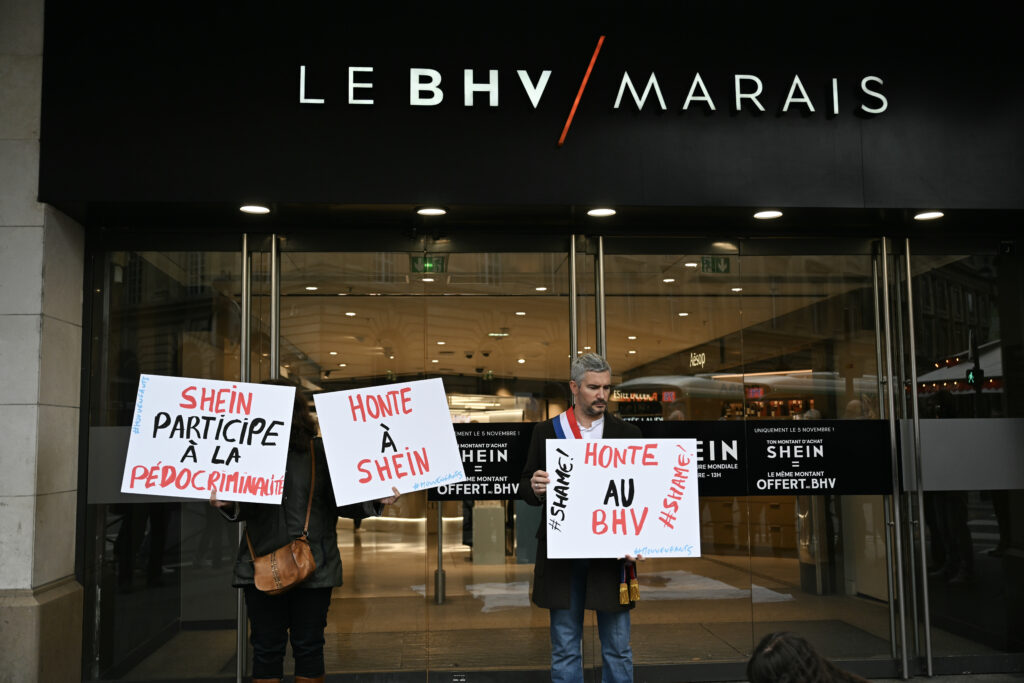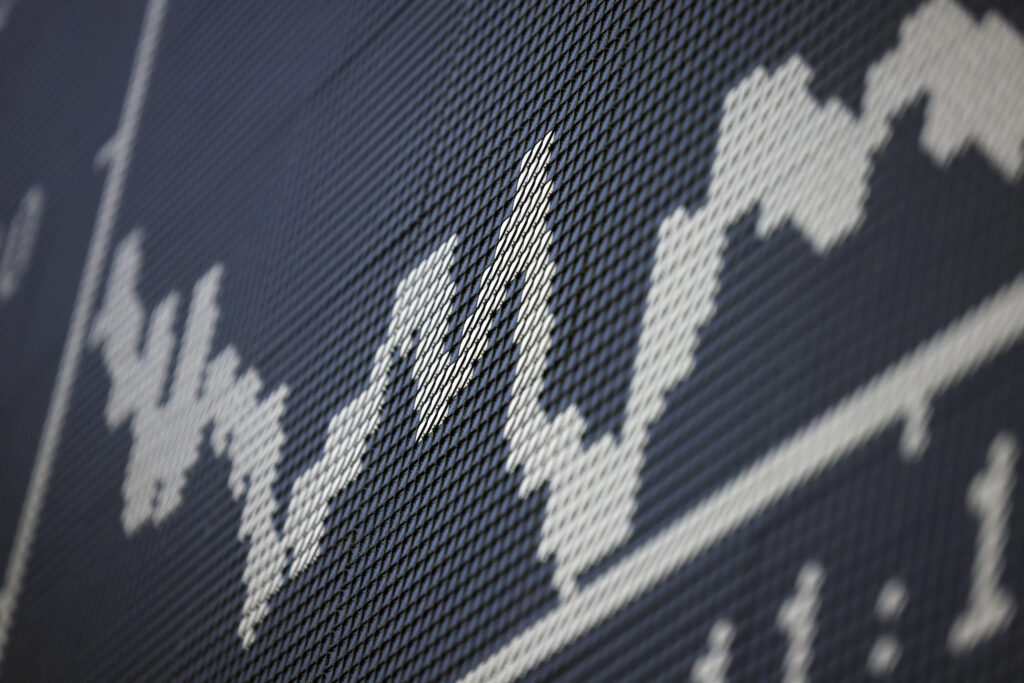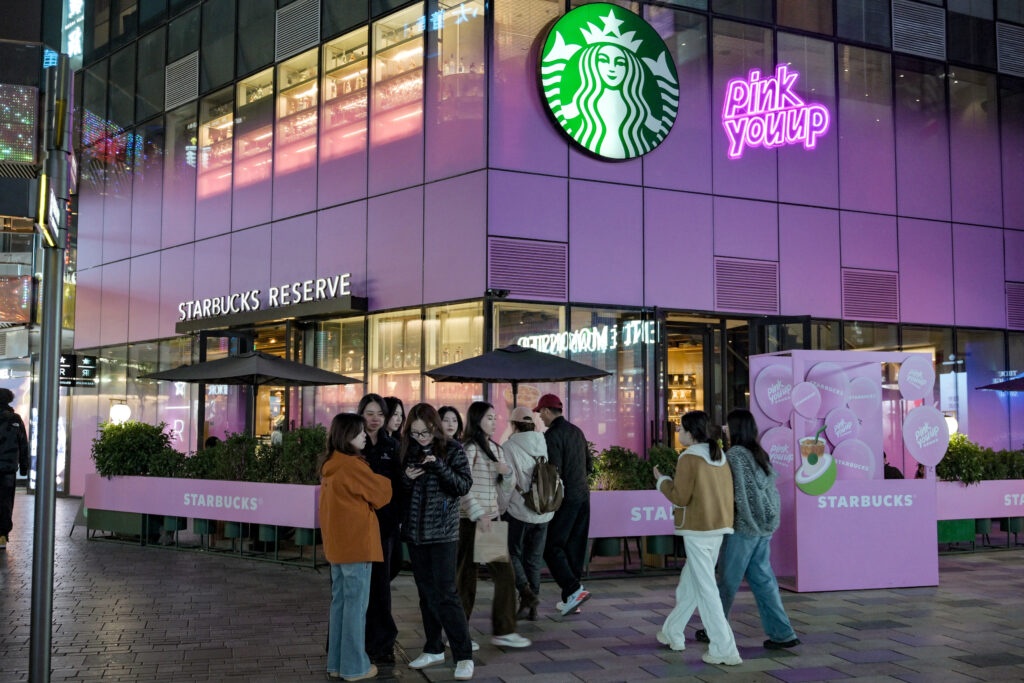Shein vows to cooperate with France in childlike sex doll probe
Asian e-commerce giant Shein Tuesday pledged to “cooperate fully” with French judicial authorities after an uproar over it selling childlike sex dolls, and said it was prepared to disclose the names of people who bought them.The controversy comes as the online fast-fashion seller is set to open its first bricks and mortar store in the world in the prestigious BHV department store in central Paris.”We will cooperate fully with the judicial authorities,” Shein’s spokesman in France, Quentin Ruffat, told RMC radio, adding the company was prepared to share names of those who have bought such dolls.”We will be completely transparent with the authorities. If they ask us to do so, we will comply,” he said.”We will put the necessary safeguards in place to ensure that this does not happen again,” Ruffat said.The Paris prosecutor’s office said it had opened investigations against Shein, and also rival online retailers AliExpress, Temu and Wish, over the sale of sex dolls.The probes were for distributing “messages that are violent, pornographic or improper, and accessible to minors”, the office told AFP.The investigations were launched after France’s anti-fraud unit reported on Saturday that Shein was selling childlike sex dolls.French media published a photo of one of the dolls sold on the platform, accompanied by an explicitly sexual caption.The pictured doll measured around 80 centimetres (30 inches) in height and held a teddy bear.Ruffat described what had happened as “serious, unacceptable, intolerable.”He chalked up the sale of the dolls to “an internal malfunction, a malfunction in our processes and governance”.”We assessed the situation and responded quickly,” he added.- ‘Despicable’ -On Monday, Shein announced it was imposing a “total ban on sex-doll-type products” and had deleted all listings and images linked to them. The uproar comes as Shein prepares on Wednesday to open its first physical store in the world, inside the BHV Marais department store in central Paris.The move has sparked outrage in France. “Shein in France. Who can stop it?” left-leaning French daily Liberation said on its front page.Frederic Merlin, the 34-year-old director of the company that owns BHV, admitted on Tuesday that he considered pulling the plug on the partnership with Shein after the uproar.”It’s despicable, it’s indecent, it’s abject,” he told broadcaster RTL on Tuesday, referring to the sale of the dolls.”I find it sickening to know that we can freely sell this kind of stuff on the internet,” Merlin added.But he said he had reconsidered, saying Shein’s stance and readiness to cooperate with the French authorities “convinced me to continue”.On Monday, France’s high commissioner for childhood, Sarah El Hairy, denounced the dolls which she called “paedophile objects that predators unfortunately sometimes use to practise before moving on to abusing children.”Ruffat said he and “the entire Shein brand” shared her concerns.”We will be delighted to discuss these issues with her, these issues of paedophile crime, which are too serious to be ignored,” he said.Finance Minister Roland Lescure had warned he would move to ban the company from the French market if the items returned online.Shein, a Singapore-based company which was originally founded in China, has faced criticism over working conditions at its factories and the environmental impact of its ultra-fast fashion business model.







